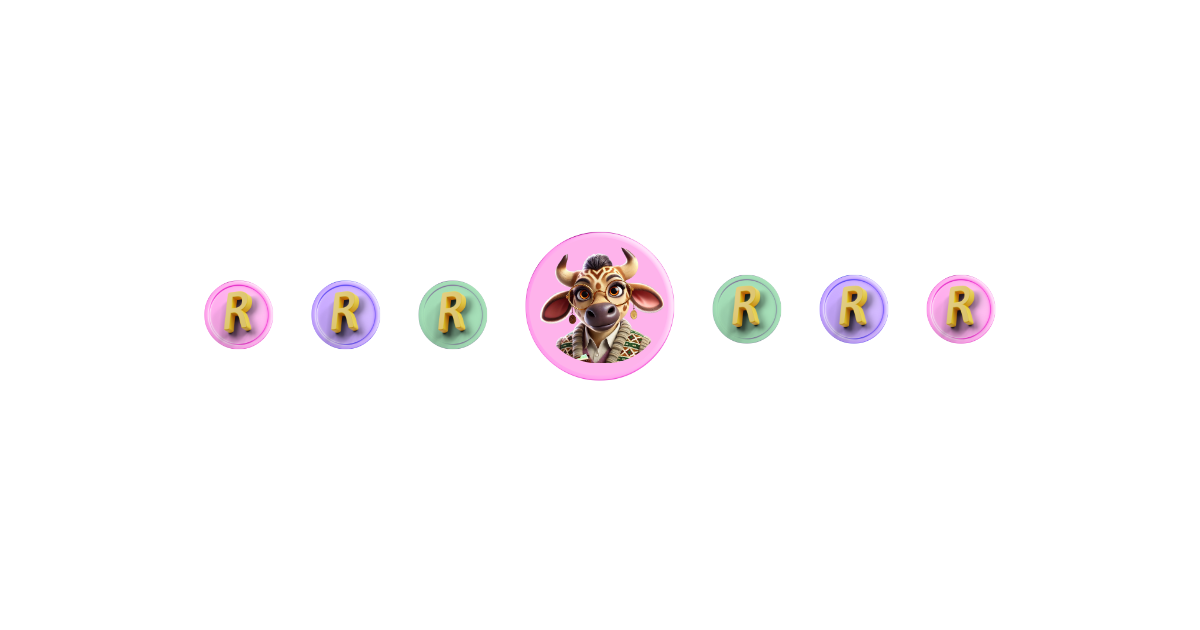

How to teach kids to set money goals using mindset, SMART habits, and visual tools. Includes a free printable to help kids set, track, and reach their goals
Most kids are happy to go with the flow. But deep down, they’re wired to want more.
Without someone to show them how, though, they might never realise that goals can be chosen, planned for, and ultimately reached.
That’s why teaching children to set goals is so powerful.
In fact, 85 % of parents who set goals for their family believe it’s helped their child learn how to work toward a goal.
Whether it’s saving for a toy or something bigger, money goals teach kids that their effort has value and that planning pays off. Once they’ve seen what’s possible with R50 or R200, it’s not a stretch to aim higher in school, sport, or creative pursuits.
Let’s break down the mindset, habit, and tips that can help you raise a goal-setter.
1. A Mindset to Cultivate
Specific goals boost performance and motivation. It turns out, vague dreams don’t get us very far.
Studies have shown that goals that are specific and challenging lead to higher levels of performance.
So instead of “I want more money,” help your mini millionaire aim for something like:
“I want R200 for a toy by the end of this month.”
That clarity channels their energy, builds commitment, and boosts internal motivation. When kids can see their progress, their confidence grows, and they start to believe in their ability to achieve what they set out to do.
Takeaway: Encourage your child to set measurable, time-bound money goals and watch as their focus, confidence, and follow-through flourish.
Want to know how to teach kids to manage their pocket money to get the balance between saving, spending, sharing and sowing just right?
2. A Habit to Form
Be consistently Specific, Measurable, Achievable, Realistic, and Time-bound.
There’s a reason the SMART goal framework is so widely used — it works. And yes, even young kids can get the hang of it.
Goals have to be SMART:
- Specific: Know exactly what you’re aiming for.
- Measurable: Track progress with clear milestones.
- Achievable: Set a goal that stretches but doesn’t snap.
- Realistic: Make it doable with the time and tools you have.
- Time-bound: Add a deadline to keep the drive alive.
When you start talking about goals in this structured way, you make success feel doable. Something that might feel vague or overwhelming becomes a clear path forward.
Takeaway: Start using the SMART framework with your child. It gives them a roadmap and makes their goal journey less intimidating.
Setting SMART goals for your money goals can just as easily be replicated to the goal of starting a business. You can also read: How to teach kids to start a business.
3. A Tip to Try
Kids are visual thinkers. So make their progress visible!
Incorporate visual cues like goal jars (check out a previous edition where we wrote about the 4 Jars method), sticker charts, or even simple goal-tracking apps. These tools don’t just decorate the fridge; they actually create tangible excitement.
When your child can literally see how far they’ve come, they’re more likely to stay engaged and keep working toward the finish line.
If you’re going digital, opt for apps that let you join the journey, offering parental insights so you can have meaningful chats around saving and spending.
Takeaway: Visibility drives motivation. So equip your mini millionaire with engaging visual trackers to maintain momentum toward their money goals.
To be able to work towards a spending goal , kids do need to be making money some how. Learn how to teach kids about multiple income streams.
Free Download: Our Goal-Setting Template for Kids
Setting a money goal is a great start.
But it’s the questions we ask that bring clarity, direction, and action. That’s why we’ve created a Savings Goal Template, complete with SMART Goal Reflection Questions for Kids.
It’s designed to help you guide your child through setting meaningful goals using prompts and questions that make the process feel doable (and even fun!). Whether they’re saving for a toy or something more long-term, these questions are perfect for dinner-table chats or sticking on the fridge.
